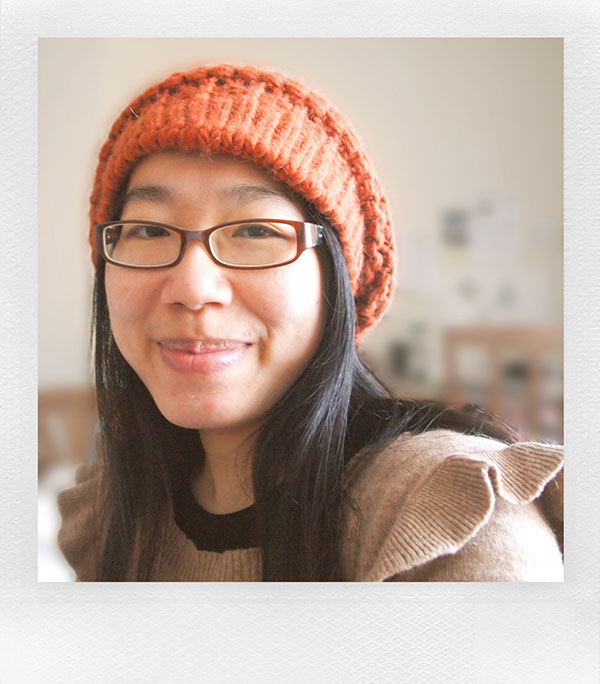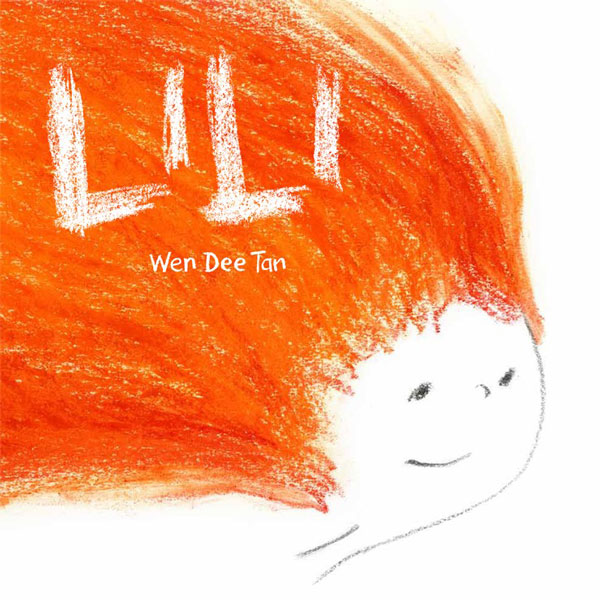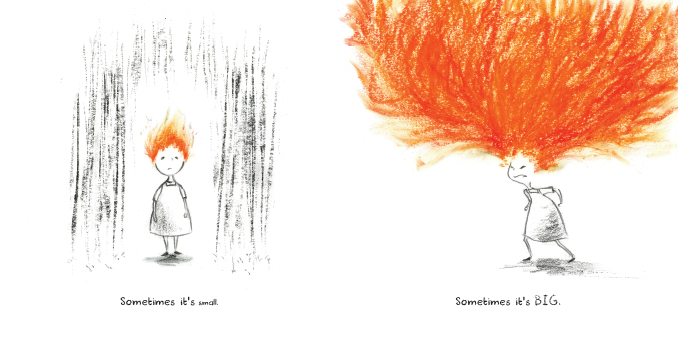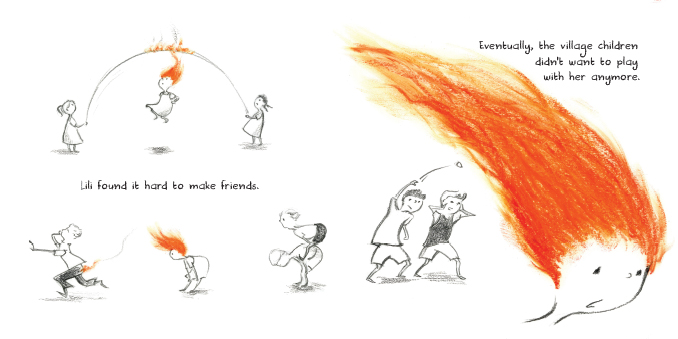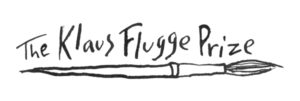
Wen Dee Tan, illustrator of Lili
Have you always wanted to be an artist?
Not as a career. But I have always drawn as a child, I suspect even before I learned to write. I would draw every day: on the backs of tear-off calendar sheets, used envelopes, blank sheets of ruled exam paper. There was no such things as sketchbooks when I was growing up.
When did you know that you wanted to be an illustrator?
I would like to say that I have never stopped drawing. But I did stop when I started working in the corporate world. After more than 10 years of working as an IT consultant, I decided to quit my job and enrolled in a local art diploma course. I gave myself one year of “trying it out”. One month into the course, I decided that this was what I wanted to do. I then discovered that I wanted to be involved in children’s book illustration after my first visit to the Bologna Children’s Book Fair.
In a recent article for Books for Keeps you describe how Lili came to be. The pictures came first - but was it difficult then to find the words, especially since your illustrations are so simple?
I would like to clarify that what I meant in the article was that the visual ideas came first, then the story. Words and pictures are simply different means of telling the story. So I didn’t work out the images first, then the text afterward. Both were developed simultaneously through the storyboard process. Having said that, it was a little challenging to find the right words, but not for the reason you mentioned. It was because most of the visuals were self-explanatory. My early storyboard drafts contained more text, and I found I had to keep stripping it away as it was repeating what the images were already conveying.
Who is the artist or illustrator that you most admire and inspired you?
There isn’t just one. Some of my favourite illustrators include Lisbeth Zwerger, Isabelle Arsenault, Shaun Tan, Minji Kim, Chris Riddell, Beatrice Alemagna… the list is long. I admire each and every one for different reasons: Lisbeth Zwerger and Minji Kim for their technical brilliance and compositional choices, Isabelle Arsenault for her colour palette, Chris Riddell for his characterisations and the expressions on his characters (you see these characters and immediately you know who they are and what they are thinking), and so on. And there are others whose ‘illustrative style’ aren’t what I am personally drawn to, but when viewed within the context of picture books, paired with excellent story-telling, they are awe-inspiring.
What are the artistic traditions that you feel have influenced how you work?
I recognise the importance of observational drawing, as I have seen my own work improving. Other than that, I have tried block printing, screen printing, and etching. But as I generally prefer to work with textures and tone, I am not particularly drawn to these techniques (with the exception of etching). I currently work with watercolours, colour pencils, graphite, charcoal, and soft pastel; all traditional mediums but I increasingly use Photoshop to digitally manipulate the artwork. I also continue to experiment because I think it is fun to explore different ways of working.
Do you have a particular audience in mind?
Not really. I find that the stories I write tend to be a little ‘cross over’, that is, they cross over age groups. Think of Shaun Tan’s work, where you can’t really pinpoint the exact age group of his intended audiences. Or of the Shrek movie, which kids and adults both enjoy (but they probably laugh at different parts). I also prefer to have the reader make their own interpretations of the story, through the lens of their own life experience or understanding. So if you are an adult, what you take away from the story may be different to that of a child.
If you could choose, whose work would you like to illustrate?
Rather than whose work, I think I can answer in terms of what type of work. Try as I might, I can’t tell stories that are slower in pace or more thoughtful in tone. But I would like to illustrate such stories! I did, as a personal project, illustrate the classic novel North and South by Elizabeth Gaskell, and found it so much fun to illustrate a gloomy and dreary atmosphere, quite counterintuitive to the type of stories I write which often contain humour.
How did you feel when you heard you were on the shortlist for the Klaus Flugge Prize?
Elated! As I previously mentioned, Chris Riddell is one of my favourite illustrators. To think that he has seen and judged my work to be worthy of the shortlist is incredible! And Martin Salisbury was my professor, for whom I have the utmost respect. He has high standards, and to think that Lili has met them means a lot.
Lili is published by Fat Fox Books, £10.99 hardback
Thanks to Klaus Flugge Prize judge Ferelith Hordon for posing the questions.
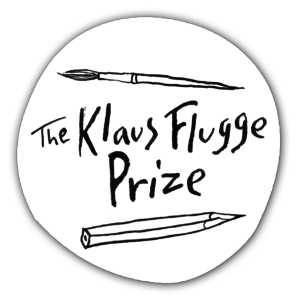
The Klaus Flugge Prize is funded personally by Klaus Flugge and run independently of Andersen Press.
Website maintenance & Copyright © 2023 Andersen Press. All Rights Reserved. Privacy & Cookie Policy.
